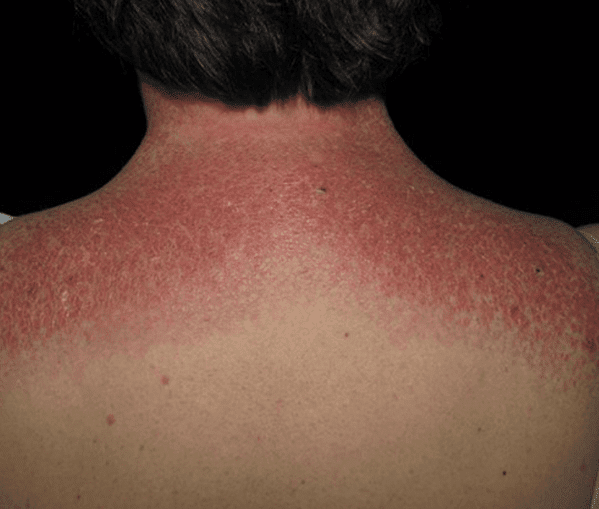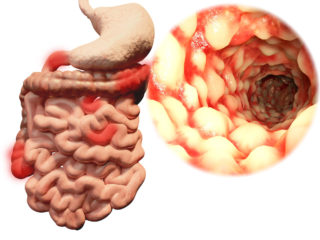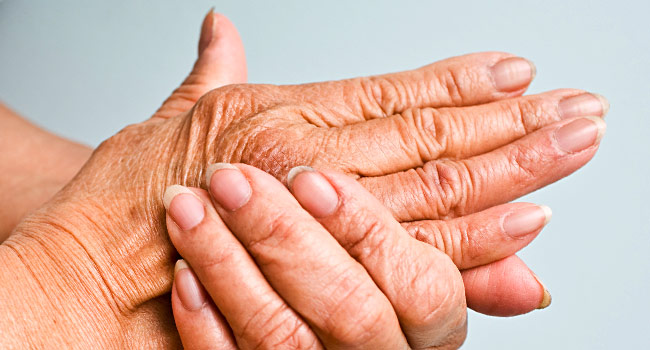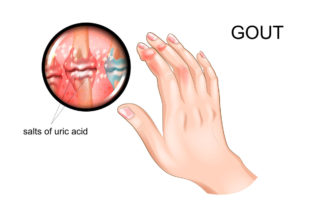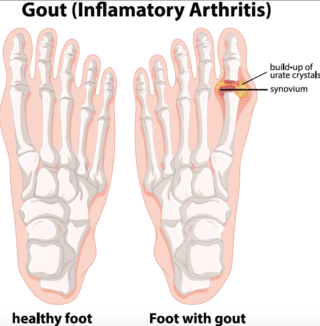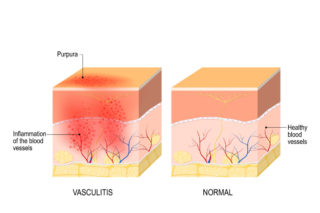LUPUS
Lupus is an autoimmune disease in which your immune system mistakenly attacks your skin, joints and/or organs. Lupus is also known as systemic lupus erythematosus or SLE. It may flare up and go away for a time, but if it is chronic and can last for weeks or years.
Lupus occurs when your immune system attacks healthy tissue in your body (an autoimmune disease). It’s likely that lupus results from a combination of your genetics and your environment. Lupus can cause pain in the joints or muscles; red rashes, most often on the face; and swelling in the legs or around the eyes. Inflammation caused by lupus may affect many different body systems — including your joints, skin, kidneys, blood cells, brain, heart, and lungs.
Lupus is predominantly a disease of women. It may present at any age, although its peak incidence is during the childbearing years, between 15 and 45, at which time the female-to-male ratio climbs, reaching a peak ratio of approximately 12:1. It occurs worldwide, although it is likely under-recognized and under-diagnosed in developing countries.
In the U.S., lupus is most prevalent among those of non-caucasian descent, with those of African heritage most affected.
For more information on Lupus, visit the Lupus Foundation of America at www.lupus.org.

Symptoms of Lupus:
No two cases of lupus are exactly alike. Signs and symptoms may come on suddenly or develop slowly, may be mild or severe, and may be temporary or permanent. Most people with lupus have mild disease characterized by episodes — called flares — when signs and symptoms get worse for a while, then improve or even disappear completely for a time.
The signs and symptoms of lupus will depend on which body systems are affected by the disease. The most common signs and symptoms include:
- Fatigue
- Fever
- Joint pain, stiffness and swelling
- Butterfly-shaped rash on the face that covers the cheeks and bridge of the nose or rashes elsewhere on the body
- Skin lesions that appear or worsen with sun exposure (photosensitivity)
- Fingers and toes that turn white or blue when exposed to cold or during stressful periods (Raynaud’s phenomenon)
- Shortness of breath
- Chest pain
- Dry eyes
- Headaches, confusion and memory loss
It appears that people with an inherited predisposition for lupus may develop the disease when they come into contact with something in the environment that can trigger it. The cause of lupus in most cases, however, is unknown. Some potential triggers include:
- Sunlight
- Infections
- Medications Lupus can be triggered by certain types of blood pressure medications, anti-seizure medications and antibiotics.
Diagnosis of Lupus:
Lupus can be difficult to diagnose because its signs and symptoms often mimic those of other ailments. The most distinctive sign of lupus — a facial rash that resembles the wings of a butterfly unfolding across both cheeks — occurs in many but not all cases of lupus.
Some people are born with a tendency toward developing lupus, which may be triggered by infections, certain drugs or even sunlight. While there’s no cure for lupus, treatments can help control symptoms.
No one test can diagnose lupus. The combination of blood and urine tests, signs and symptoms, and physical examination lead to the diagnosis.

Treatment of Lupus:
Treatment for lupus depends on your signs and symptoms. Medications most commonly used to control lupus include:
- Nonsteroidal anti-inflammatory drugs (NSAIDs)
- Antimalarial drugs
- Corticosteroids
If your physician or medical professional determine you would benefit from biologic injections and infusions, AZIV Infusion provides the following medications in a convenient and comfortable setting for patients seeking treatment for Lupus:


